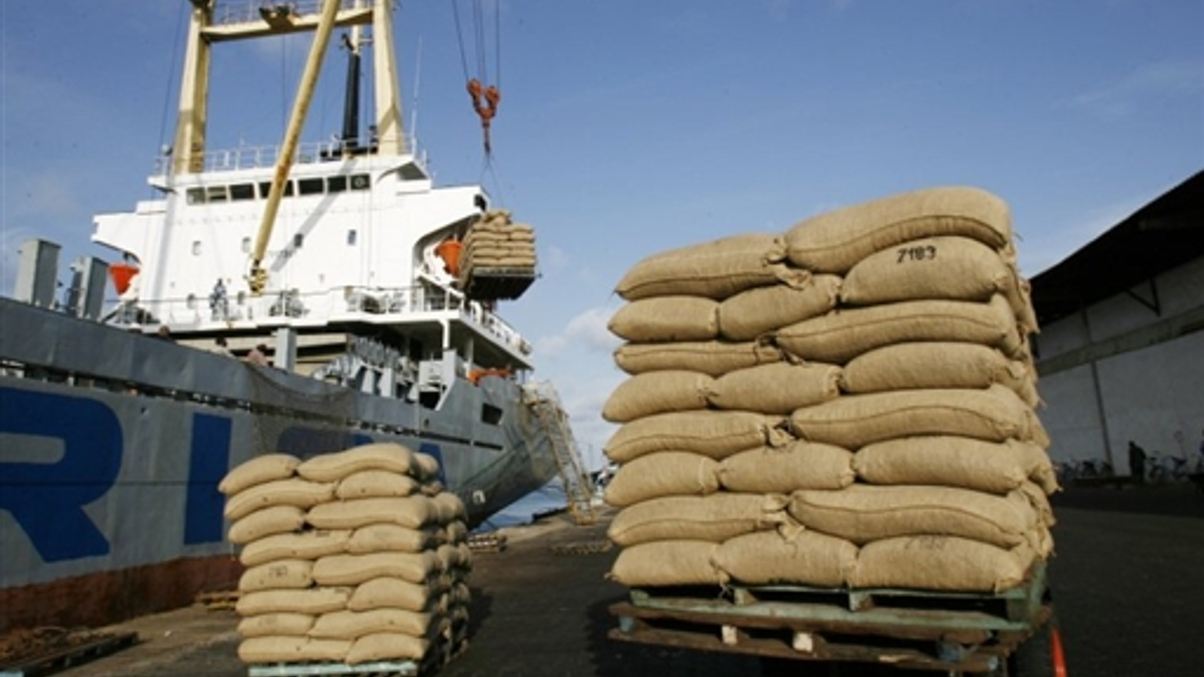African infrastructure has familiar feel for Asian investors
Investors in China and Japan have blazed an investment path to Africa, where infrastructure opportunities mirror those in Asia.

Asian infrastructure investors tend to focus on projects in India and China, but those who journey farther afield to Africa will find many opportunities and ways to mitigate inherent risks, according to a recent panel discussion.
Sign in to read on!
Registered users get 2 free articles in 30 days.
Subscribers have full unlimited access to AsianInvestor
Not signed up? New users get 2 free articles per month, plus a 7-day unlimited free trial.
¬ Haymarket Media Limited. All rights reserved.


